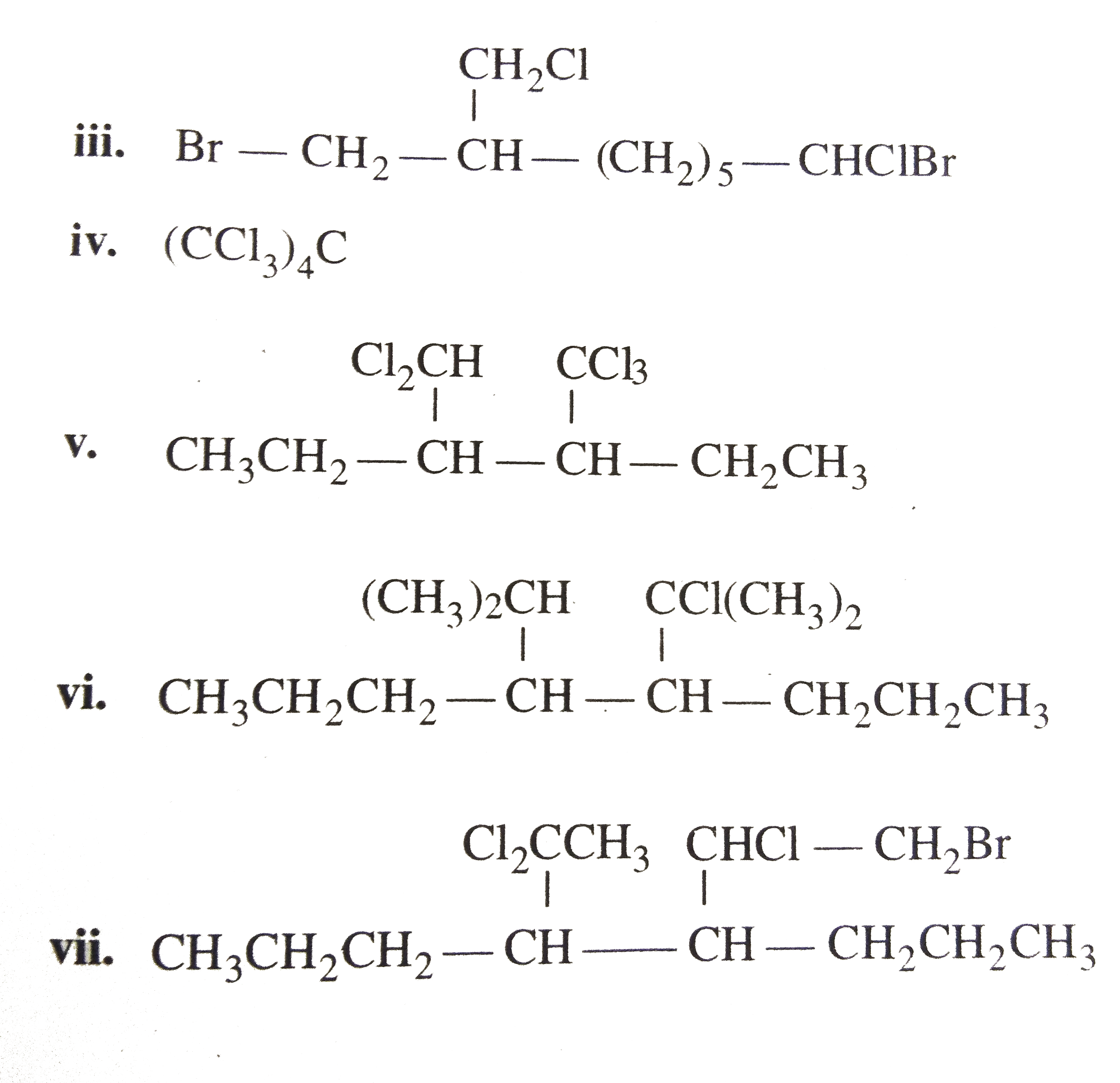Complete the given reaction of alkene with KMnO4 in different conditions
(i) CH3−CH2−C∣CH3=CH22-Methylbut-1-eneAlkalineKMnO4−−−−−−−−−→273K?
(i) CH3−CH2−C∣CH3=CH22-Methylbut-1-eneAcidifiedKMnO4−−−−−−−−−→Δ?
To complete the reactions of 2-Methylbut-1-ene with KMnO4 under different conditions, we will analyze each scenario step by step.
Step 1: Reaction with Alkaline KMnO4 at 273 K
1. Identify the Alkene: The given alkene is 2-Methylbut-1-ene, which has the structure CH3-CH2-CH(CH3)=CH2.
2. Understand the Reagent: Alkaline KMnO4 (also known as Baeyer’s reagent) is used for the syn-dihydroxylation of alkenes. It adds hydroxyl groups (OH) across the double bond.
3. Mechanism of Reaction: The reaction leads to the formation of a cis-diol. This means that both hydroxyl groups will be added to the same side of the double bond.
4. Draw the Product: The double bond between C1 and C2 will be converted to a single bond, and two hydroxyl groups will be added to the same side:
- The product will be 2-Methylbutane-2,3-diol, represented as:
CH3−CH(OH)−C(OH)(CH3)−CH3
- This product has both hydroxyl groups on the same side of the former double bond.
Step 2: Reaction with Acidified KMnO4 (Δ)
1. Identify the Alkene: The same alkene, 2-Methylbut-1-ene, is used.
2. Understand the Reagent: Acidified KMnO4 acts as a strong oxidizing agent. It cleaves the double bond and oxidizes the alkene.
3. Mechanism of Reaction: The double bond will be broken, and the carbon atoms involved in the double bond will be oxidized to carbonyl groups (aldehydes or ketones, depending on the structure).
4. Draw the Product: The double bond between C1 and C2 will be cleaved, resulting in:
- The product will be 2-Methylbutan-2-one (a ketone) and 1-Butanal (an aldehyde):
CH3−CH2−C(=O)−CH3(2-Methylbutan-2-one)
CH3−CH2−CHO(1-Butanal)
- This reaction results in the formation of two different products due to the cleavage of the double bond.
Summary of Products:
- With Alkaline KMnO4 at 273 K: 2-Methylbutane-2,3-diol
- With Acidified KMnO4 (Δ): 2-Methylbutan-2-one and 1-Butanal
1. Identify the Alkene: The given alkene is 2-Methylbut-1-ene, which has the structure CH3-CH2-CH(CH3)=CH2.
2. Understand the Reagent: Alkaline KMnO4 (also known as Baeyer’s reagent) is used for the syn-dihydroxylation of alkenes. It adds hydroxyl groups (OH) across the double bond.
3. Mechanism of Reaction: The reaction leads to the formation of a cis-diol. This means that both hydroxyl groups will be added to the same side of the double bond.
4. Draw the Product: The double bond between C1 and C2 will be converted to a single bond, and two hydroxyl groups will be added to the same side:
- The product will be 2-Methylbutane-2,3-diol, represented as:
CH3−CH(OH)−C(OH)(CH3)−CH3
- This product has both hydroxyl groups on the same side of the former double bond.
1. Identify the Alkene: The same alkene, 2-Methylbut-1-ene, is used.
2. Understand the Reagent: Acidified KMnO4 acts as a strong oxidizing agent. It cleaves the double bond and oxidizes the alkene.
3. Mechanism of Reaction: The double bond will be broken, and the carbon atoms involved in the double bond will be oxidized to carbonyl groups (aldehydes or ketones, depending on the structure).
4. Draw the Product: The double bond between C1 and C2 will be cleaved, resulting in:
- The product will be 2-Methylbutan-2-one (a ketone) and 1-Butanal (an aldehyde):
CH3−CH2−C(=O)−CH3(2-Methylbutan-2-one)
CH3−CH2−CHO(1-Butanal)
- This reaction results in the formation of two different products due to the cleavage of the double bond.
- With Alkaline KMnO4 at 273 K: 2-Methylbutane-2,3-diol
- With Acidified KMnO4 (Δ): 2-Methylbutan-2-one and 1-Butanal
Similar Questions
Knowledge Check
The given compound is
H3C−CH2−C∣CH3H−CH3∣C∣CH3−C∣CH3H−CH2−CH3A3,4,4,5− TetramethylheptnaeB4,4,5- TrimethylheptaneC3,3,4,5 -TetramethylheptaneD3,4,5 -TrimethylheptaneH3C−CH3∣C∣CH3−CH=CH2X−−→H3C−CH3∣C∣CH3−CH∣OH0=−CH3.Xcanbe
ABH3/THF,H2O2/OH−BH3O+CHg(OAc)2/NaBH4,NaOHDAll of theseH3C−CH3∣C∣CH3−CH=CH2X−−→H3C−CH3∣C∣CH3−CH∣OH0=−CH3.Xcanbe
ABH3/THF,H2O2/OH−BH3O−CHg(OAc)2/NaBH4,NaOHDAll of these


